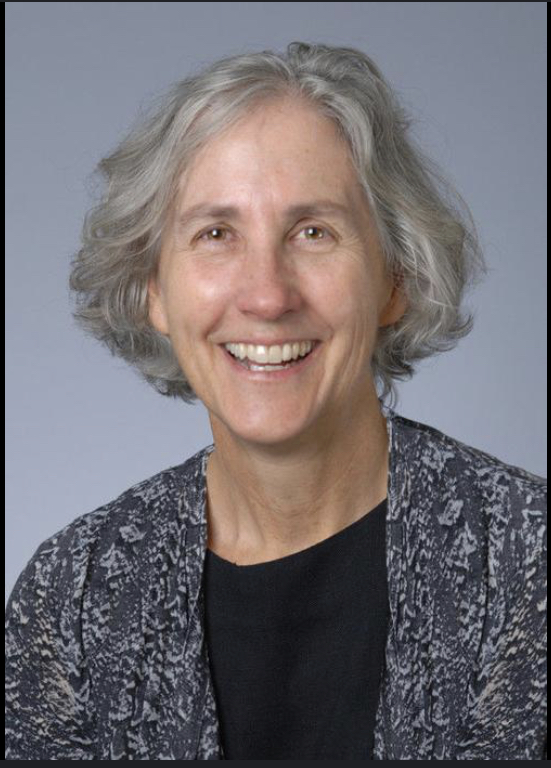Friday, March 24, 2023 from 9-10am
Gun Violence in Arizona:
Data to Inform Prevention Policies
Our Speaker:

Allan N. Williams, MPH, PhD Adjunct Assistant Professor, University of Minnesota School of Public Health Retired, Chronic Disease & Environmental Epidemiology, MN Dept. of Health
______
At a 2022 strategic planning retreat the AZPHA Board of Directors committed to putting resources toward improving community health by advocating for evidence-based policies to stem the tide of increasing firearm injuries in Arizona.
The first step in that process was to develop comprehensive firearm injury epidemiology and an evidence-review of effective interventions.
During this hour-long webinar, our speaker and a primary author of our landmark report Gun Violence in Arizona: Data to Inform Prevention Policies will present the major findings from our report which will:
- Identify and review the relevant literature on gun violence;
- Identify and utilize available key data sources for gun violence;
- Define the human and financial toll of gun violence in Arizona;
- Characterize the different forms of gun violence including suicide, homicide, police shootings, and unintentional shootings;
- Characterize the demographics of gun violence by age, gender, race/ethnicity, and urbanicity;
- Compare gun violence rates in Arizona to rates in other states and the U.S.;
- Identify gun laws and policies that have been shown to reduce gun violence; and
- Show where Arizona stands with respect to key gun laws.






